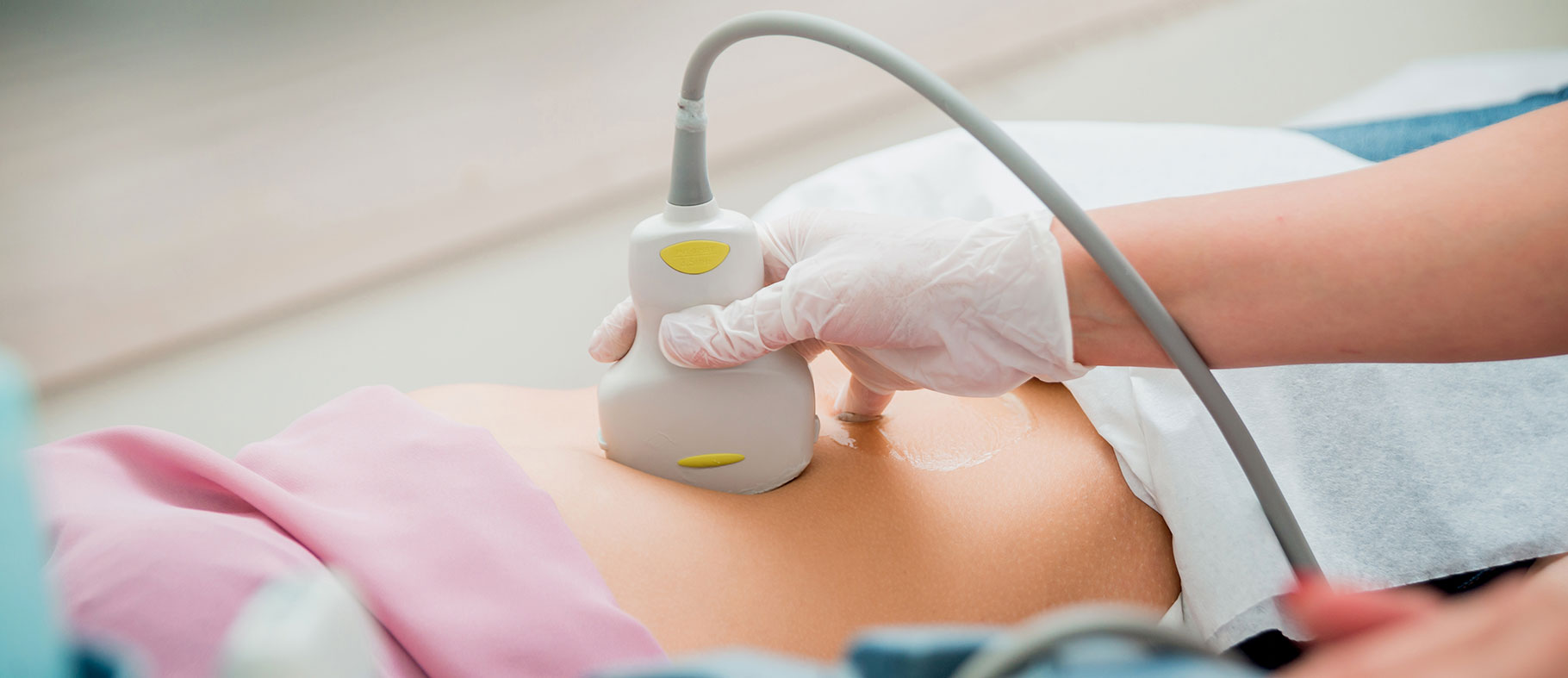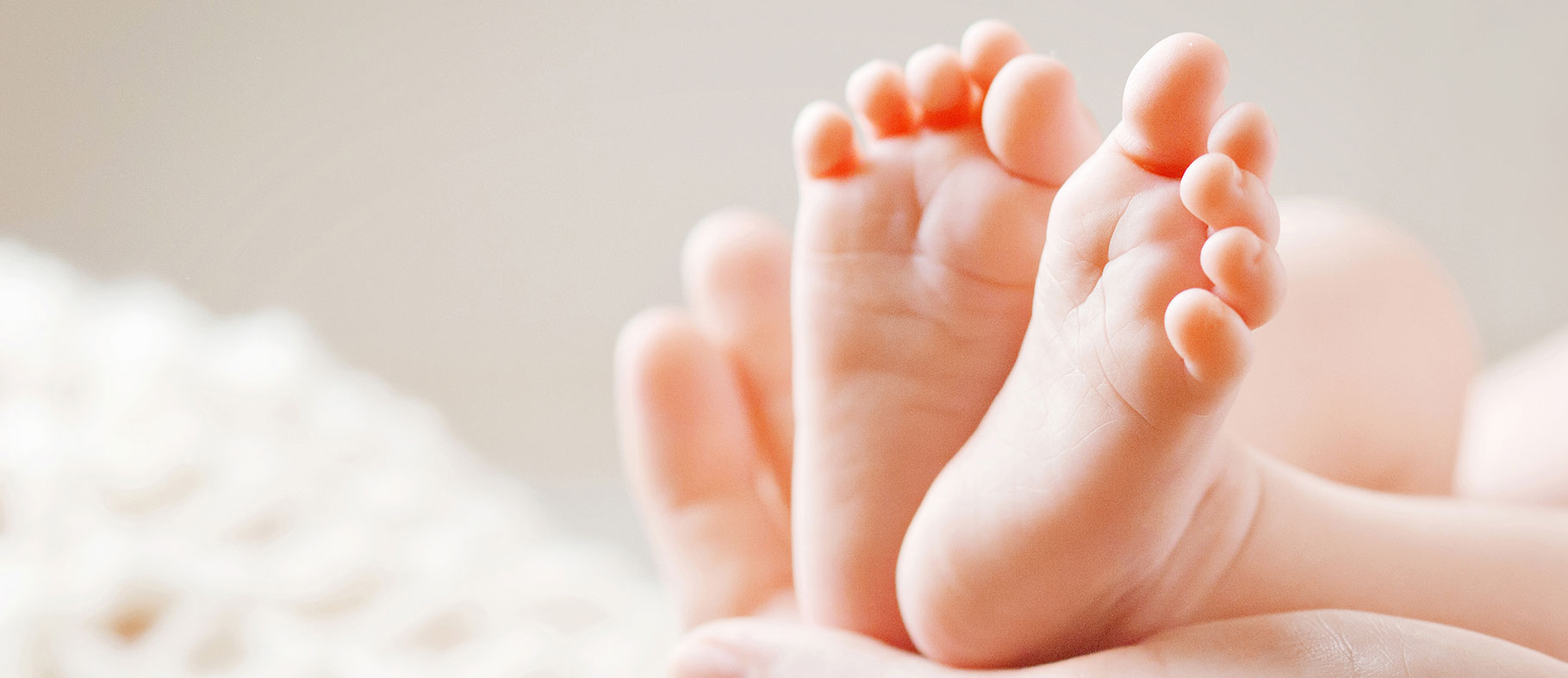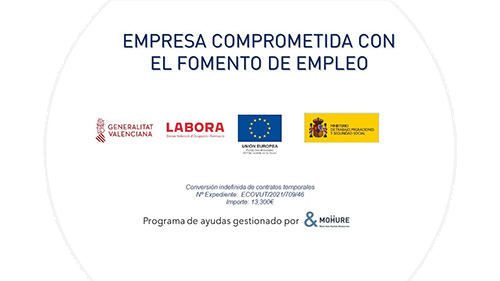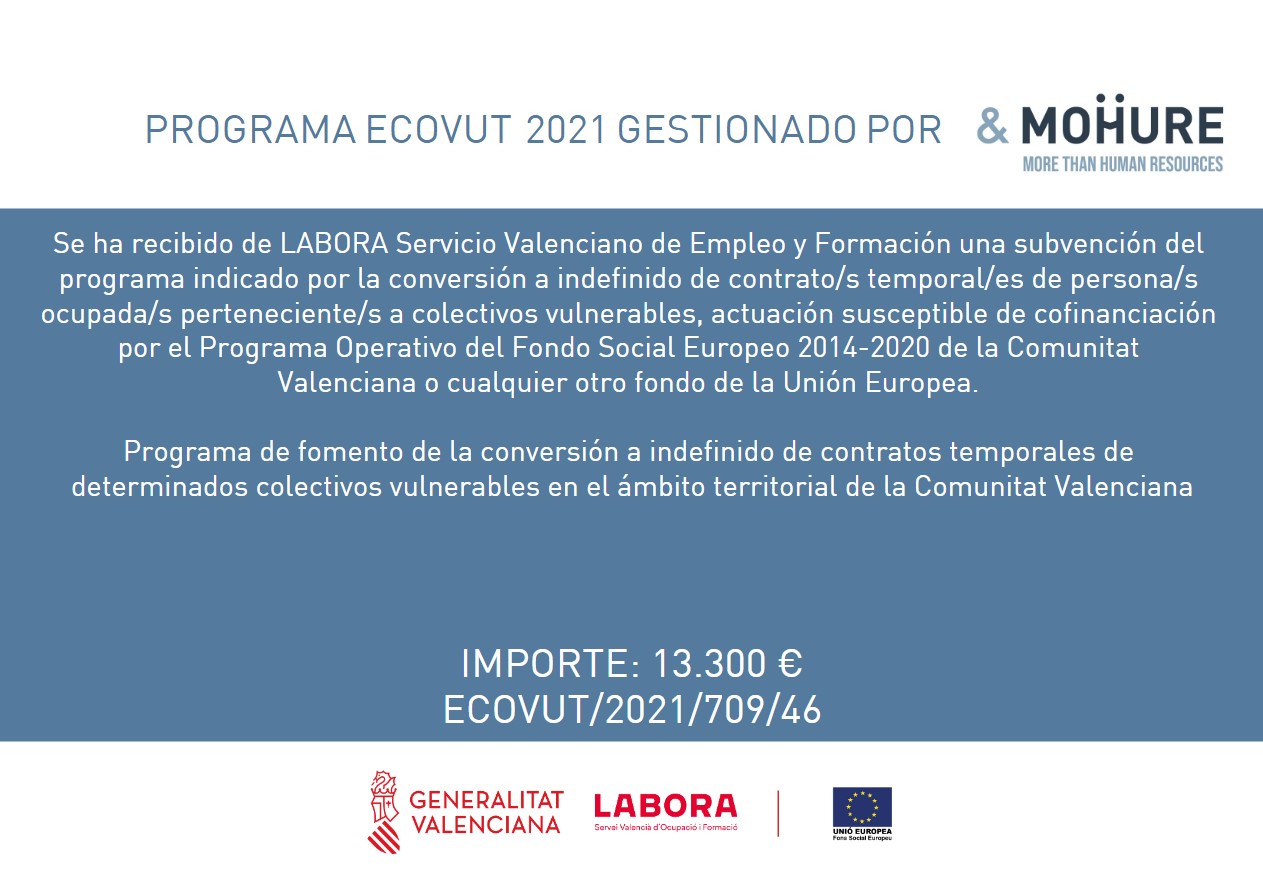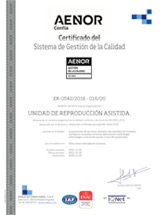Today women are building their own identity, taking the initiative, participating, fighting, not giving up, taking the lead, deciding the direction of their lives, choosing when to become a mother and scheduling the right time to become pregnant.
Motherhood is a unique experience that entails changes in the life of the woman and her partner. More and more women of childbearing age are delaying motherhood in order to grow personally and develop a career.
The quantity and quality of a woman’s eggs diminish irreversibly throughout her life, so age is a fundamental parameter that conditions fertility. If you decide to delay your maternity, choose to preserve your fertile eggs and avoid the infertility barrier.
If it is necessary to preserve your fertility for social or medical reasons – surgery, chemotherapy or radiotherapy – you can cryopreserve your eggs or ovarian tissue until the moment you wish to use them thanks to the innovative vitrification procedure.
The HLA Vistahermosa Reproduction Unit recommends women who have not yet found the right time or the right person to have children to vitrify their eggs before the age of 35, as egg freezing is less successful after that age.
Unlike classic freezing, vitrification is an ultra-fast freezing method, at a speed of more than 15,000º C per minute, which keeps your cells unaltered and with their properties intact over time, until the moment you decide to become a mother.
The main advantage of this process over traditional freezing is that it avoids the formation of ice crystals that can damage the eggs, obtaining unbeatable clinical results of around 97%, similar to fresh oocytes.
How is ovarian reserve measured?
To measure ovarian reserve, a vaginal ultrasound is performed on the third day of the menstrual cycle to determine the number of follicles in the ovaries. Based on the count and their diameter, the ovarian function can be assessed and the chances of pregnancy can be estimated.
If the mature egg count is between six and ten in each ovary, this is normal. If the figure is less than five, it means that the ovarian reserve is low, which means that the chances of a natural pregnancy are reduced.
This study can be completed with a hormonal profile carried out with a blood test that measures the anti-mullerian hormone, which is involved in the development and maturation of the follicles. The higher the levels of this hormone, the greater the ovarian reserve.






